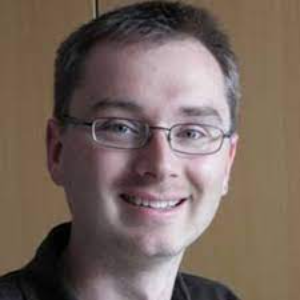Title : 3D bioprinted, perfused tumor-environment on a chip
Abstract:
Additive 3D bio-manufacturing is a young, rapidly evolving research field that allows defined 3D architecture for artificial tissue equivalents. In contrast to other 3D culture techniques, 3D-bioprinted tissue can be designed to contain channel geometries for optimized perfusion or areas with specific cell types, such as immune cells, tumor cells or organoids. In a previous project we discovered that in neuroblastoma tumors the transcription factor FOXO3 promotes tumor-angiogenesis in chorion allantois membrane (CAM) assays and in xeno-graft transplantation mouse models. An ongoing study identified small compounds that bind to the FOXO3-DBD and inhibit the activity of this transcription factor. To study possible anti-tumor effects of these compounds and in parallel to replace above animal experiments we now developed a fully self-contained, mostly 3D-printed, microprocessor-controlled perfusion system, designed fluidic chips and bioprinted into these chips hydrogels that contain various cell types and channel geometries for optimized perfusion. Microfluidic devices are made of glass and laser engraved PMMA. Using our industry standard bioprinter we directly manufacture conduits-containing hydrogels in such custom-designed fluidic chips, which allows direct connection of hydrogel channel-geometries to engraved channels and perfusion circuits. Bioreactor-grown tumor spheroids are placed into the hydrogels during the printing process. In parallel, we also developed a bioink that shows excellent printability for extrusion- and microjet bioprinting. This bioink was optimized to support growth and adhesion of human fibroblasts, human umbilical vein endothelial cells (HUVEC) and adipocyte-derived stem cells and it promotes the formation of micro-vessel networks. The hydrogel between imprinted conduits can be therefore micro-vascularized with endothelial cell vessel networks below the resolution of the bioprinter. Perfusion controller, fluidic devices, and perfused 3D bioprinted hydrogel represent a novel system for developing in vitro tumor-microenvironment / tumor angiogenesis models to study the impact of tumor cells, immune cells, chemotherapeutics and anti-angiogenic drugs on (tumor) cell growth, tumor-microenvironment and micro-angiogenesis.



